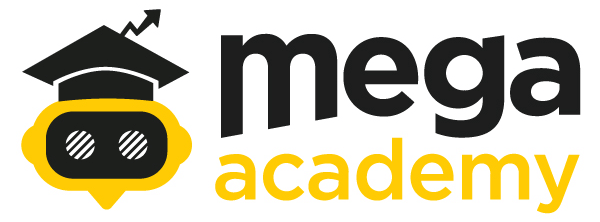
It is very common for people, when they have first contact with a cryptocurrency, to wonder or have many doubts about the system for creating new coins called mining, it is one of the most frequent doubts for new users, since people who have never studied the fundamental concepts of the crypto ecosystem when they hear about mining, they think of a person with overalls, a pick and a shovel in a quarry.
The truth is that the crypto ecosystem or specifically Satoshi Nakamoto wanted to give this name to the process of creating new units of a cryptocurrency since said process is very hard computational work and difficult to execute by certain machines, so beyond being a person working hard to get some mineral in a quarry, is more like a machine working in extreme conditions in order to get the answer to a mathematical problem.
When we talk about cryptocurrency mining, we always refer to a process that is executed by a computing machine, which can be a domestic desktop computer like the one many have at home or a machine specially designed to carry out this mining process.

The process of mining or creating new units of a cryptocurrency depends a lot on the type of mining and the protocol that the blockchain has, this refers to how the blockchain network of the cryptocurrency is designed.
For example, in Bitcoin the mining process is done under the Proof of Work, PoW protocol, and some cryptocurrencies such as Cardano or Solana use another different protocol called Proof of Stake, PoS or proof of participation, each one complies with the function of creating new units of the respective cryptocurrencies and at the same time maintaining security within the Blockchain.
Proof of Work or PoW: It is a mining protocol launched for the first time within the Bitcoin protocol, it was created by Satoshi Nakamoto and makes use of computer equipment to function, therefore it is a highly criticized process since when using machinery Computational is a process that consumes a lot of electrical energy, this being one of the weakness and most criticized points in recent years about Bitcoin.
The new Bitcoin units are created thanks to this process, which consists of collecting information or data from a specific number of transactions that have been executed within the network, with this data storage what we know as blocks are created, each new block must be analyzed and all its information verified, to later be anchored to another block (Chain of blocks), in order to carry out this verification, the network of miners with their computer equipment undertake a process in which they have to solve a mathematical problem that usually lasts 10 minutes, it is for this reason that each transaction in Bitcoin lasts this long, and why approximately every 10 minutes new coins are created in this network.
Proof of Participation or PoS: It is another protocol for creating new units of a cryptocurrency, unlike the proof of work protocol, PoS does not require specialized computer equipment that consumes massive amounts of energy to fulfill its function, instead this system makes use of specialized wallets where tokens or cryptocurrencies of said Blockchain are stored.
The purpose of this cryptocurrency storage system is very simple and practical. By storing cryptocurrencies in these specialized wallets, the user or node may be part of the verification process for new blocks and the more units of said currency are stored, the more possibilities they will have to validate a block and thus receive a prize for the verification carried out, part of this reward are new units of the mined cryptocurrency.

As we previously mentioned, there are mining processes such as Proof of Work that are not very friendly to the environment, since they are processes that require excessively large amounts of electrical energy for the network to function in optimal conditions.
This is a problem that has involved different organizations and governments around the world, since there are cryptocurrencies such as Bitcoin whose mining is very popular in different parts of the world and this activity has been increasingly professionalized, so much that there are specialized companies that are in charge of mounting mining clusters anywhere; The appearance and implementation of a new mining protocol such as the Proof of Participation has been a great breath of fresh air for many since it partly solves the problem of electricity consumption in the use of cryptocurrencies, and important digital currencies within the ecosystem such as Ethereum have shown great interest in changing their protocol from PoW to PoS.
It is still too early to know if this system will disappear due to how harmful it can be, since many of the expert miners are increasingly looking for ways to continue with this type of mining through alternative energy sources or renewable energy sources. What we can be sure of is that it is likely that in the near future the number of cryptocurrencies created will not operate under this protocol and will choose to implement another one that is more environmentally friendly.
No, despite the fact that this protocol consumes almost no electrical energy if we compare it with other processes such as PoW, the truth is that this system has another characteristic that makes it very interesting. It is about being able to obtain passive profits while “saving”, as we mentioned before, this system consists of safeguarding a number of cryptocurrencies in a special wallet and from there obtaining returns.
Of course, there are currently several tokens that do not need such a complex creation protocol, since they either work under an issuance control system through smart contracts as DAI does, or they are created by anchoring to some physical asset such as Tether or USD Coin.

Have a spectacular day!

MegaAcademy is developed by CCoins. Copyright ©2023 CCoins Lab. All Rights Reserved.

| Total |
0
|
| Coupon | |
| Descuento |
0$ USD |

